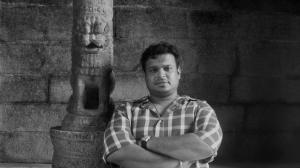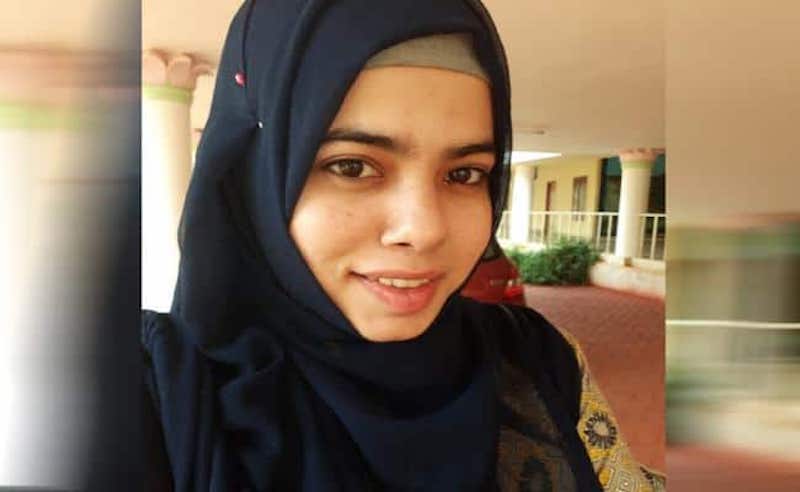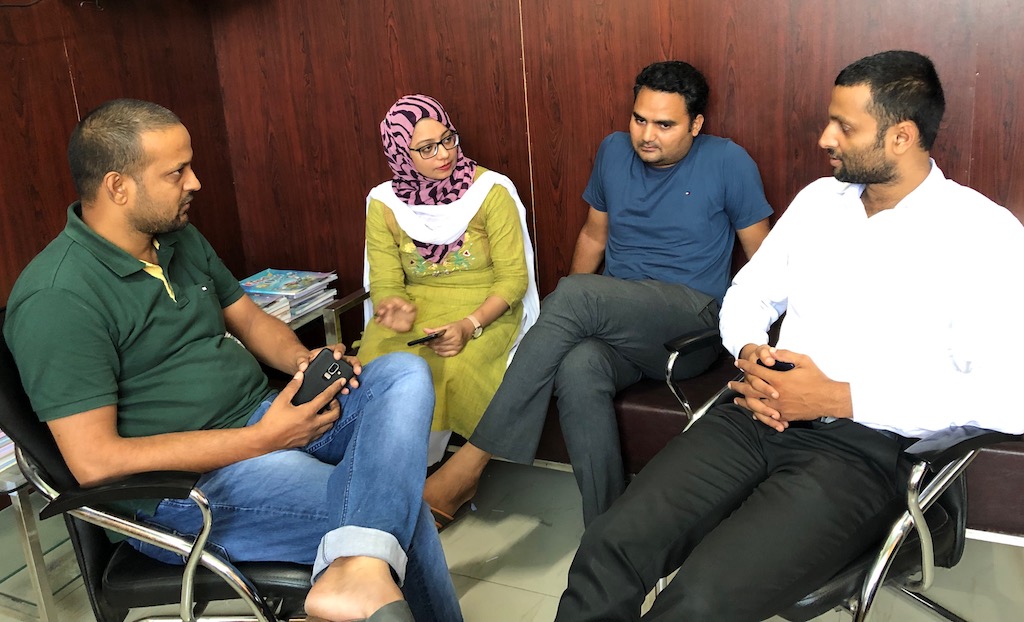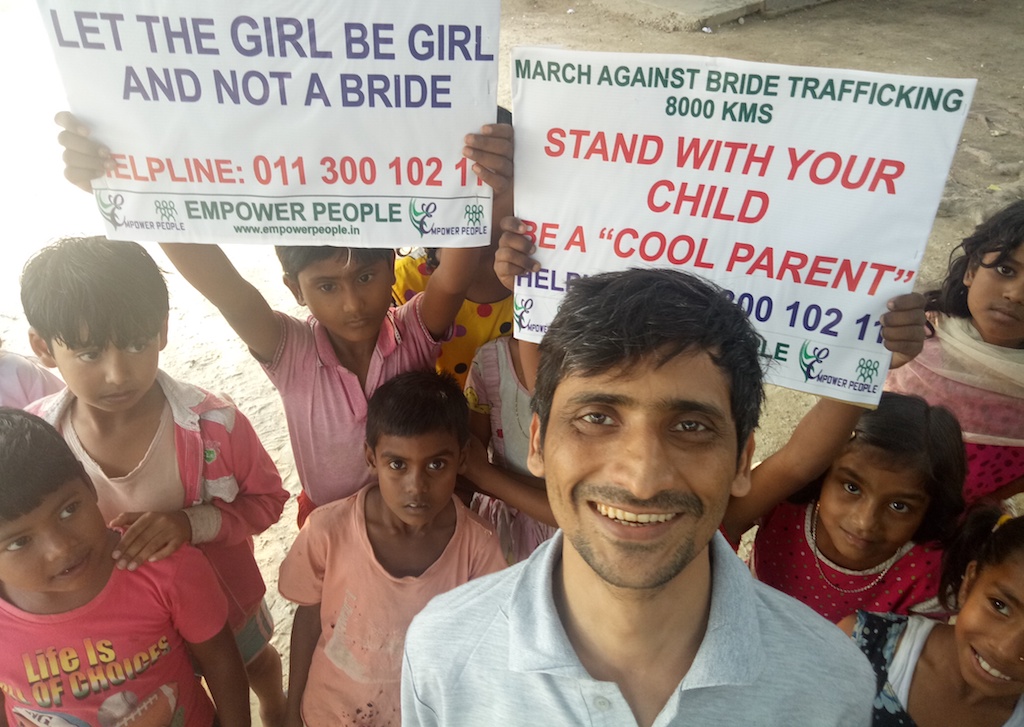By
Vijay Kumar works in the shipping industry in Singapore but he has a different persona when he is online. An art connoisseur and enthusiast, he has delivered many illustrated talks to diverse audiences and also authored columns in the Hindu and other magazines on art appreciation. He and his group of art enthusiasts were also instrumental in raising awareness and bringing back many a stolen art/idol/statue back to India. Tracing his interest in art back to Kalki’s Ponniyin Selvan, Vijay talks about the myriad lessons learned from our art and heritage.
What started you on the journey of preserving history in stone?
In some ways the starting point was Amar Chitra Katha – which generally got me interested into mythology and history even while I was still very young. The most direct influence was a visit to the Tanjavur Big Temple when I was about seven or eight years old, which left a lasting impression on me.
Years later, when I read master story teller Kalki’s magnum opus Ponniyin Selvan I had a sense of Dejavu ! The Tamil work of fiction loosely revolves around the event which transpired in the Chola Kingdom in and around 969 CE – it was originally serialised in Kalki as a weekly story and despite almost seven decades the book continues to be bestselling work of fiction in Tamil.
The direct fall out of reading the book was that it inspired me to search and understand the historical framework and we created an egroup to discuss the work in particular and South Indian History. We have been running it for almost 13 years now and many of the members have since been inspired to become celebrated Authors of Historic fiction, research scholars in History, Epigraphy etc. Such is the profound influence, a good book can have!
I was always interested in art and photography and hence took to documenting and studying stone sculptures as a personal journey. I then realised that though there were lots of written material on this subject, authored by distinguished scholars, they seemed to target a mature audience – in other words they resembled Phd thesis. So when a friend asked me to document my learning process, I started to consciously simplify the narrative on the art of sculpture to aid in easy assimilation for interested lay readers. By staying away from complicated terms and sticking to a visual medium I was able to reach onto many readers who are interested in art and architecture. I first start started writing about temple art in an eforum and was very happy seeing the response. Considering the need to take it to a larger audience I migrated to www.poetryinstone.in as a bi lingual blog. We have since extended the platform into facebook as a group to discuss and share ideas and seek advise from scholars in diverse fields.
There is a growing awareness about our art and many youngsters are turning to the Internet and social media with their questions and submissions. I want to leverage this initiative more in the coming years and eventually create a fully searchable database of Indian temple art that can assist both the amateurs and scholars.
What are the lessons you have learned so far in pursuing your hobby in historical statues and idols?
The most important lesson I would say is the tremendous sense of pride and accomplishment when I marvel at the wisdom of our ancients – their knowledge and dedication is quite profound. The entire length and breadth of this ancient land abounds in artistic edifices. Every state has its own share of monuments going back 2000-2500 years.
These are our ancestral treasures and sadly for various reasons we have abandoned them. Entire monuments have been lost, museum exhibits gather dust due to neglect and ancient buildings are left to crumble. Thousands of our art has been stolen in the last few decades and the sad part is we are not even aware of scale of this looting and we have remained mute spectators, while they are openly auctioned in International markets. Though the custodians can be easily blamed for this wanton loot, there is equal blame residing with us and the community. This is where I feel there is a need to sensitize our youth.
The study of art and iconography has waned in the last 25 years that there are very few smart people coming up to close the ranks when eventually our experts retire. There is still a lot of Indian art that has to be studied and documented – texts to be interpreted, inscriptions to be deciphered that might throw new light of our history and culture.
You have been involved in publicizing stories about statues/idols that have been looted in India and have ended up in auction houses abroad. What got you started on this?
Since I am largely self-taught my favourite pastime is to search for old publication and photographs of our heritages sites. I then catalogue and file them for a future reference. I also routinely scour online databases of several academic institutions for archival photographs and file for future reference. This was done with no specific objective but merely to support my self learning.
Since very little of India has been properly documented and there is no central archive, most of our losses and thefts are not properly recorded. This is where my little effort has yielded rich dividends.
Further during the course of our endeavours to create a digital database of sculpture, me and a group of volunteers undertake trips where we document entire sites in great detail. These trips enable us to experience first hand the art forms and also brain storm their evolution.
Dating and assigning sculptures to regions and time frames is now like a popular game for us and the above help us a lot in aiding our law enforcement. Actually we are quite surprised that a small group of quasi enthusiasts can help crack several high profile cases.
Share with us successful stories of Idols that have been brought back home.
Since these are sensitive issues we prefer to remain behind the scene for now. You will definitely see more successful restitutions within the next few years and hopefully better laws and enforcement by our authorities. One thing is for certain – Our Gods ARE definitely coming back home.
What are the lessons you have learned from this endeavour?
The first and foremost lesson is that you are only a tool – many a time you do things that have no apparent reason, but in hindsight seem to be destined. So never look for immediate goals, targets or monetary rewards. Go with your heart and believe in yourself and keep educating and empowering yourself.
The second is the power of the internet and social media – not only to raise awareness and public support – its value as data gathering tool and as a discussion platform are manifold.
The future generations will increasingly turn to the Internet and hence there is a an urgent need to create content in a format and form that can be easily assimilated by them.
Do you have any suggestions as to how to protect and nurture our cultural heritage?
Three things are paramount if we are to successfully safeguard our treasures and hand them over to the next generation.
First and foremost is to raise awareness. This has to be done from a very young age. A combination of site visits, talks by experts, heritage themed art competitions etc. will help to get the young interested in our art. Today’s youngsters spend much of their time in shopping malls, theatres and beaches – if only we could get them to include heritage sites into their circuit!
Public /private partnership in conservation: The status of conservation of our heritage sites is pathetic. The scale is so great that unless we can create a grass roots level movement it is not going to be possible to attempt something of this scale. However, there are good signs – we have seen many small groups from the IT sector – to combat their current work stress and pressure – take weekends off in helping cleaning/clearing sites. These help to build healthy teams as well. Corporates need to be more philanthropic in adopting heritage sites and ensuring that schemes are implemented even in small towns and villages.
The last one is the need to properly document our treasures. There is no better deterrent than having a photo archive to ward of looters. We have seen in many high profile restitution cases that we are handicapped in our case due to lack of proper photographic archival evidences.
Your favourite period in history and kings who nurtured art and architecture?
I am a bit biased towards South India and to me Stone sculptures of Pallavas and specifically three Kings between the 7th and 8th C CE – Mahendra Varman , Narasimha Varman and Rajasimha Pallavan is very dear. Among them they pioneered an art revolution in South India and left a lasting impression on almost everything they touched. I can confidently say that the granite sculptures of the Pallavas have no parallels in the world – for the unforgiving nature of hard granite to the complexity of a monolithic ratha – is truly astounding.
As regards metal of course the crown would go to the Cholas – Chola Bronzes are the high water mark of aesthetic perfection in metal craft in this part of the world. In particular the period between 950 CE to 1045 CE – the works of the Great Queen Sembian Madevi to the Emperor Raja Raja Chola and his son Rajendra Chola – there is no other single piece of arresting art as being face to face with a Chola bronze of that period.
Painting – of course tons of great things have been written about the paintings in Ajanta – but the south too produced some fantastic works – sadly we have left them to rot and we get to see only a few fragments in the caves of Badami, the niches of the Kanchi Kailasntha temple, the Panamalai Uma and Sittanavasal. The fragments reveal an exceptional pedigree of art in the region – sadly lost forever.
What are the current endeavours you are involved in?
We are trying to create a wikiloot – a crowd sourced tool to help in identifying stolen art and aid in their restitution. Creation of an online searchable digital database of sculpture as an open source free to use platform.
If there is any lost heritage (statue/idol) that you would like to bring back to India, what would that be?
Every single stone is our ancestral treasure – they were a part and parcel of the very fabric of our great land. Today they might be valued at a few hundreds to millions of dollars in the International market, but to me each one of them is invaluable, for they were not meant to be pieces of art by their makers. They were meant to be gods or made up the abodes of the Gods.
Instead of securing the return of any, my objective is to build awareness so that a lasting awareness is built that will effectively stop the trade in looted antiquity. (Courtesy: http://lessonslearned.in/)









